Pneumatic tools are essential in many industries, offering speed and power that manual tools simply can’t match. However, like any tool, they come with their own set of safety risks. Understanding these risks and knowing how to mitigate them is crucial for anyone working with pneumatic tools. Let’s dive into some key safety tips to ensure you stay safe on the job.
Understanding Pneumatic Tools and Their Uses
Pneumatic tools, powered by compressed air, are commonly used in construction, automotive, and manufacturing industries. They’re known for their efficiency and power, making tasks like drilling, nailing, or sanding faster and easier. These tools range from staple guns and sanders to sophisticated equipment like grinders and jackhammers. Their versatility allows them to perform various tasks with greater precision and less effort than manual or even electric tools. However, understanding how these tools function is key to using them safely and effectively. Ensuring all personnel are well-versed in pneumatic tool setup and operation can prevent accidents and enhance productivity on the worksite.
Despite their benefits, pneumatic tools require careful handling. An overlooked factor is the quality of the air supply, as dust or moisture can cause failure or reduced performance. Make sure compressors and air hoses are maintained to avoid any compromised functionality. Regular audits and checks ensure these tools are reliable whenever needed. For a comprehensive understanding of safety, manufacturers often provide detailed guidelines which should always be adhered to. Delving deeper into pneumatic tool safety can uncover best practices that keep work environments secure.
The Importance of Personal Protective Equipment (PPE)
Wearing the right protective gear is a fundamental step in ensuring your safety. Safety glasses, ear protection, gloves, and appropriate footwear are necessary to protect yourself from potential hazards associated with pneumatic tools. These tools, while efficient, can pose significant dangers such as flying debris or high noise levels that can lead to hearing loss over time. Therefore, using appropriate PPE is not only a recommendation but a requirement by safety standards to safeguard against these risks.
Each pneumatic tool may carry its own additional risks, such as those posed by high-pressure spray or rapid vibrations. In such cases, specialized protective equipment might be necessary. For example, operators might need to wear padded gloves or use vibration-absorbing tools to minimize strain. Staying informed about the specific PPE relevant to each tool can greatly mitigate the dangers of using pneumatic equipment.
Regular Maintenance and Inspection of Tools
Conducting regular checks and maintenance on your pneumatic tools can prevent malfunctions and ensure they operate safely. Look for signs of wear and tear, and ensure connections are secure to prevent air leaks or tool failures. The importance of regular tool maintenance cannot be overstated, as it contributes significantly to both safety and efficiency in the workplace.
Routine assessments should include checking hoses for leaks or damage, inspecting the air compressor for proper operation, and verifying that all safety features are functioning as intended. Downtime for maintenance might seem inconvenient but is minimal compared to potential disruptions caused by unplanned equipment failure. This proactive approach extends the lifespan of tools and enhances worksite safety by minimizing malfunction possibilities.
Furthermore, implementing a maintenance schedule ensures that inspections are consistent and comprehensive. Workers should be encouraged to report any irregularities they observe, fostering a culture of safety and shared responsibility within the team. A well-maintained work environment not only optimizes performance but also nurtures a mindset focused on diligent safety practices.
Proper Handling and Ergonomics
Using pneumatic tools correctly can minimize the risk of injury. Maintain a stable stance, adjust handles and grips for comfort, and avoid awkward positions that can strain your body during prolonged use. It’s essential to understand the ergonomic considerations when operating such powerful equipment. The ergonomics of handling pneumatic tools not only affect the user’s health but also influence efficiency and accuracy in operations.
Awareness of ergonomics in tool use includes selecting the right tool for the job and ensuring that it fits well in the user’s hand. Employ accessories like suspension systems for heavier tools to reduce muscle fatigue. Encourage team members to practice good posture and technique, as proper handling relates directly to decreased risk of injury and increased productivity. Training and retraining sessions should reinforce these ergonomic principles, emphasizing the long-term benefits of safe tool handling practices.
Similarly, education on the potential dangers, such as muscular strain from improper grip or holding positions, should be integrated into safety training programs. Creating a robust framework for healthy ergonomic practices on job sites is as critical as the tools themselves. This attention to detail can effectively reduce work-related injuries and support optimal performance.
Safe Storage and Setup
Storing tools safely helps prevent accidental activation or damage. Make sure tools are disconnected from the air supply and stored in a secure, dry place to maintain their condition. Ensuring proper storage and handling is integral in prolonging equipment longevity and maintaining safety standards at job sites.
Improper storage can lead to corrosion or mechanical faults, which may go unnoticed until a failure occurs during use. Evaluate where and how pneumatic tools are kept, ensuring that all storage spaces are free from moisture and excessive heat. Additionally, educate team members about the specific requirements for each tool’s storage, reinforcing the notion that maintenance doesn’t end with tool usage.
Stay Safe with Proper Pneumatic Tool Usage
By following these safety tips, you can significantly reduce the risk of accidents and injuries when using pneumatic tools. Always prioritize your safety and the safety of those around you by staying informed and vigilant on the job site. Remember, a safer workplace is not just beneficial for you but for everyone involved. For more information and further assistance, feel free to contact us or visit our homepage for the best solutions regarding pneumatic tools.
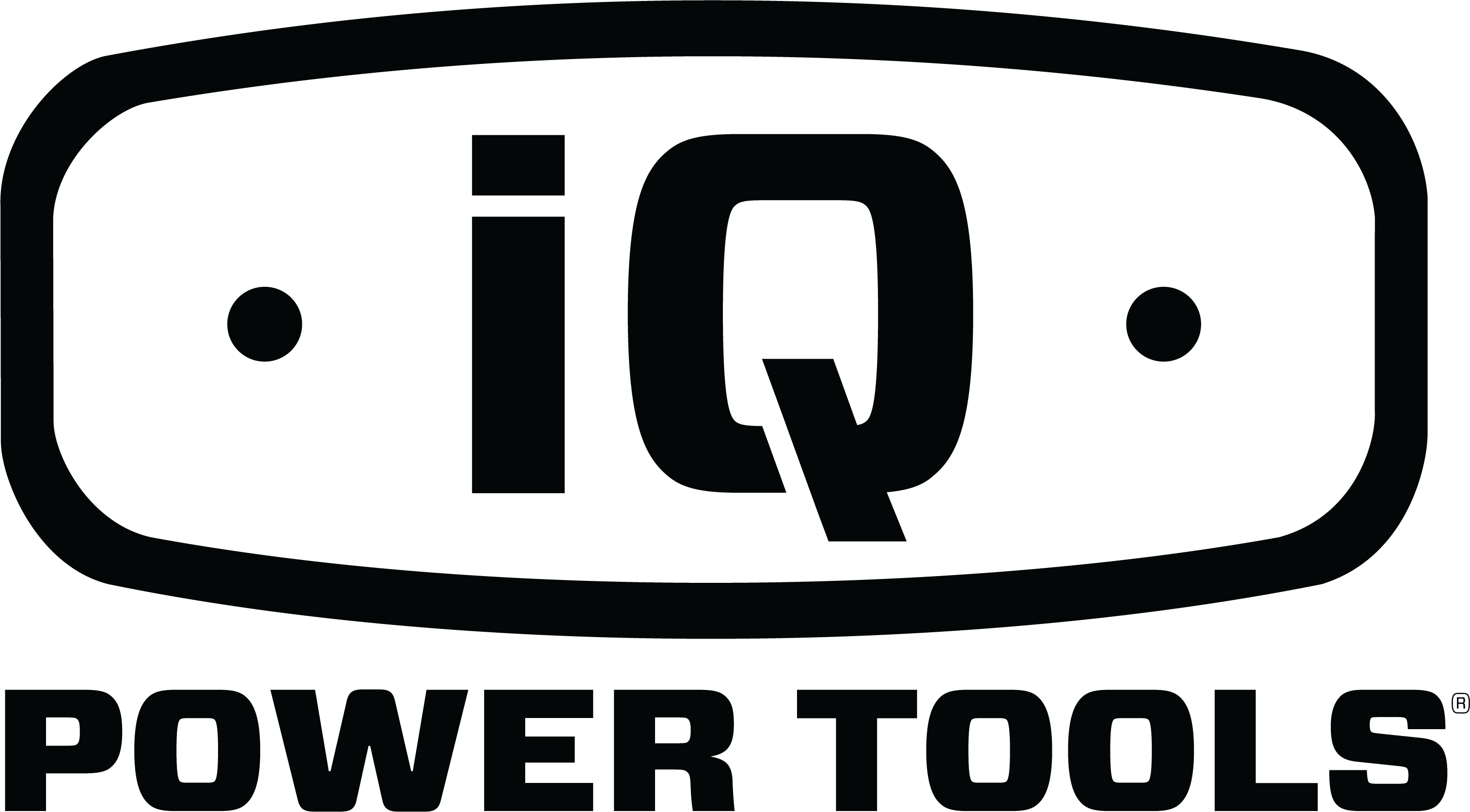

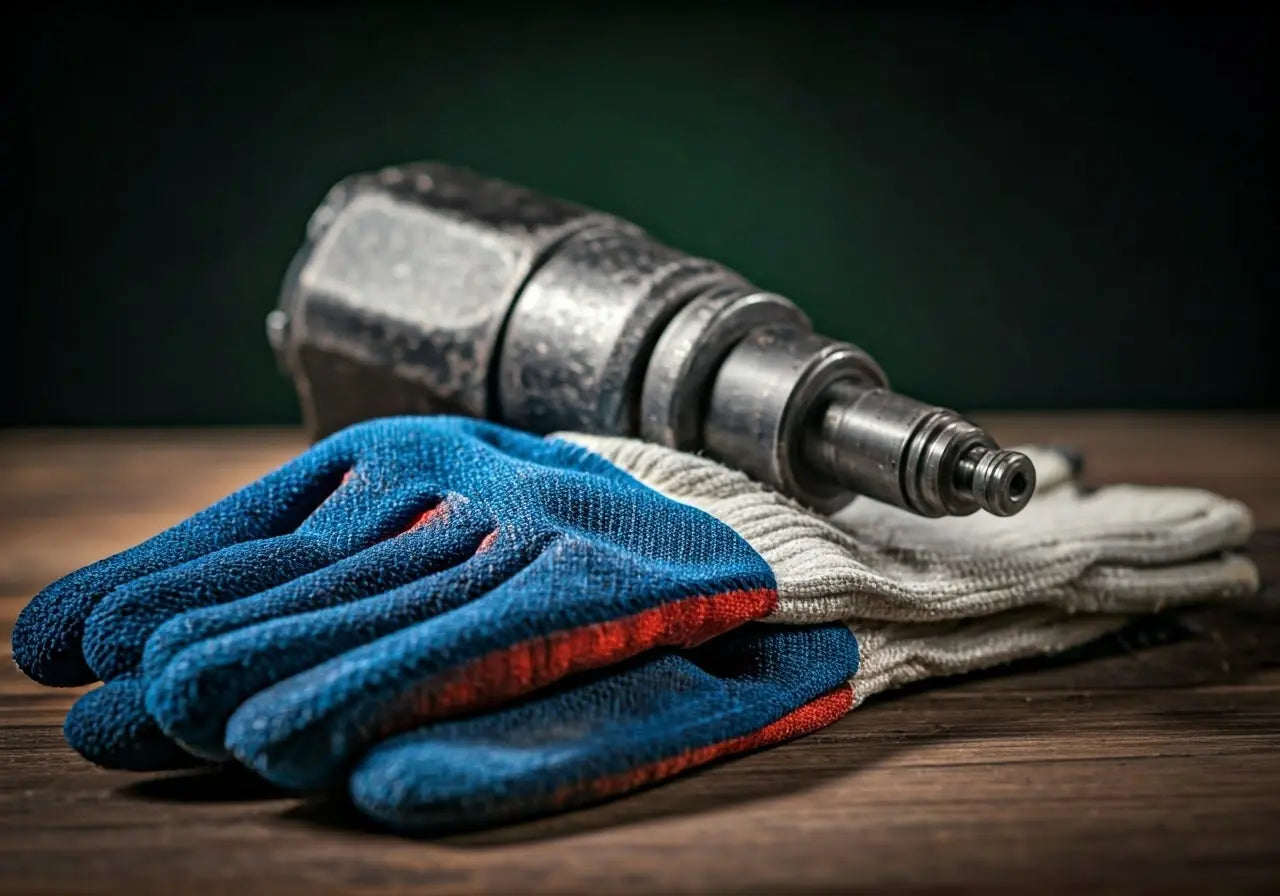
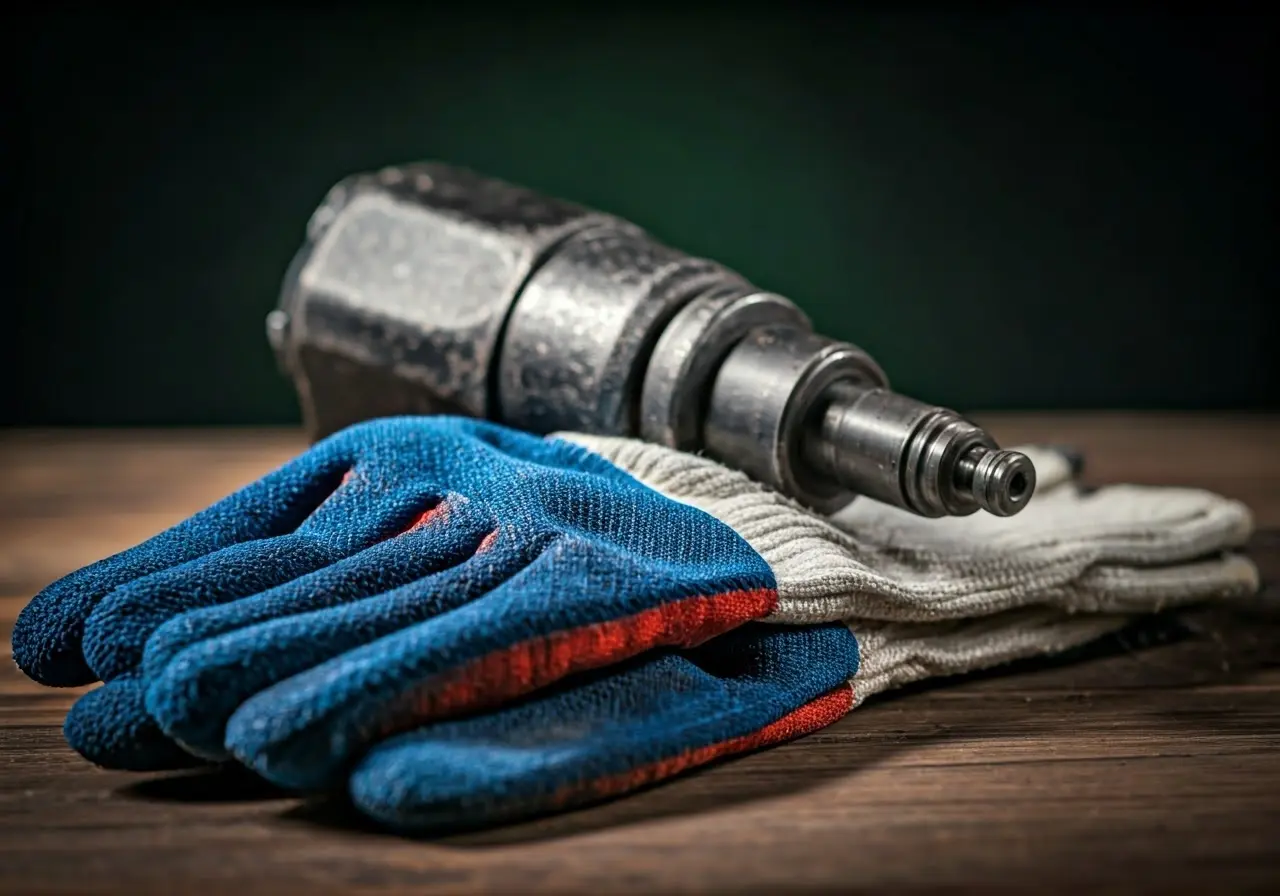
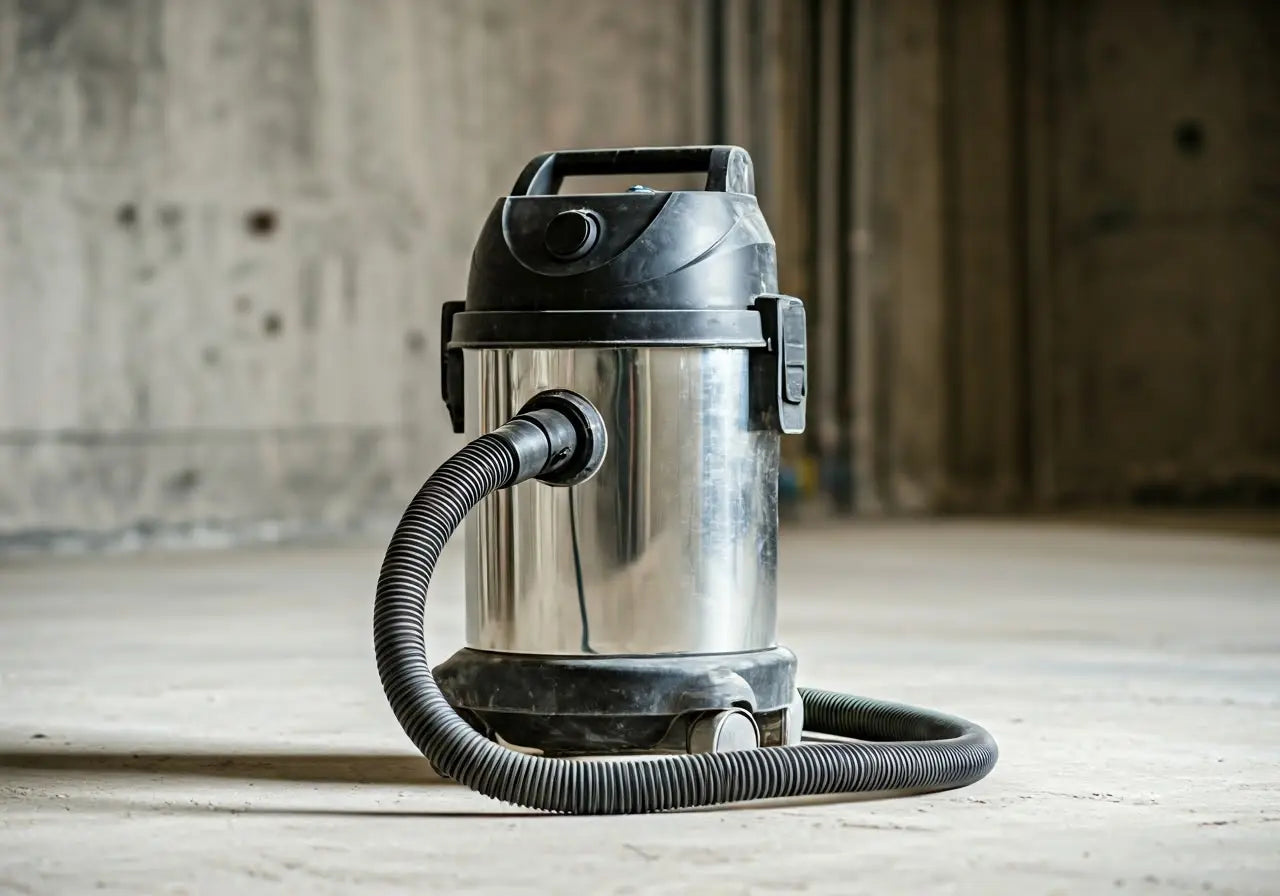
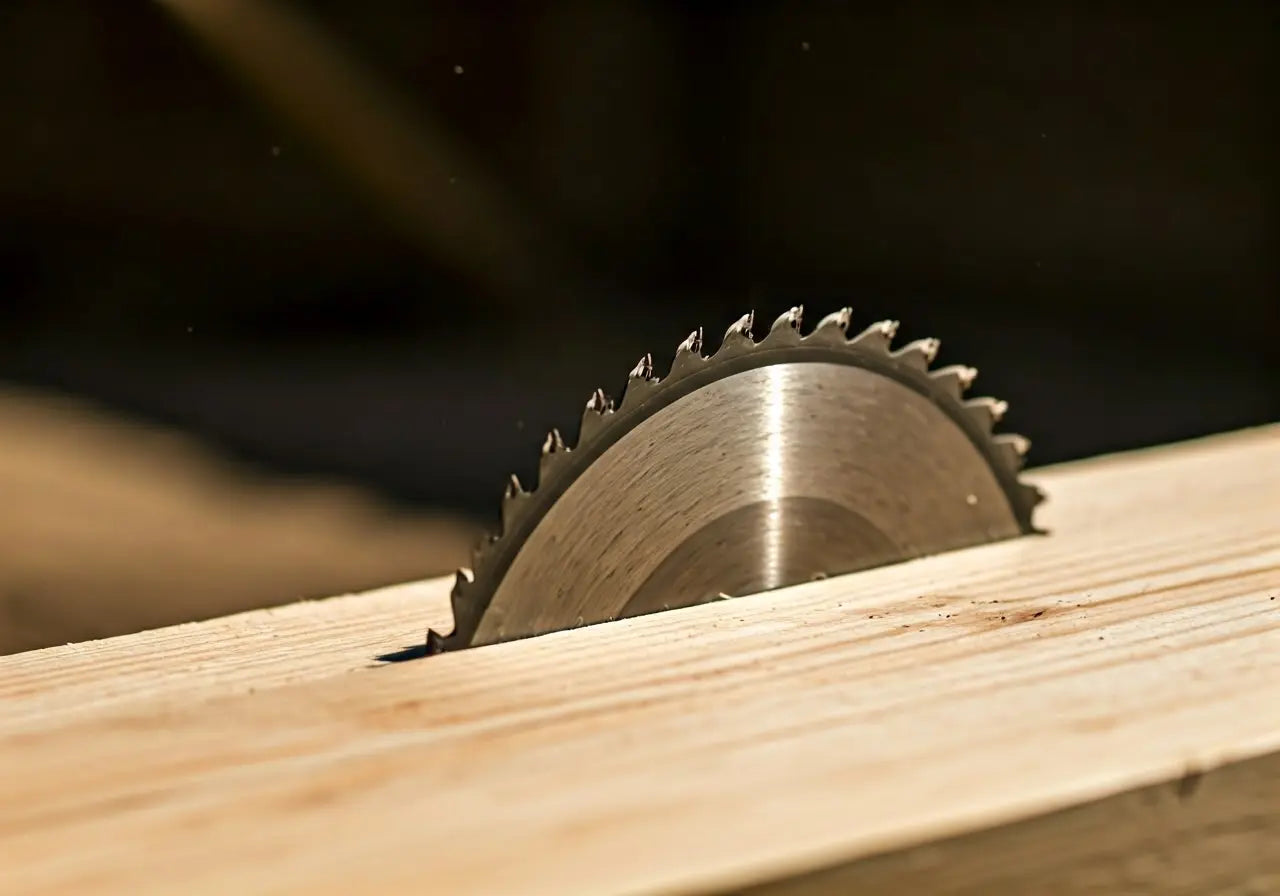
Leave a comment
This site is protected by hCaptcha and the hCaptcha Privacy Policy and Terms of Service apply.